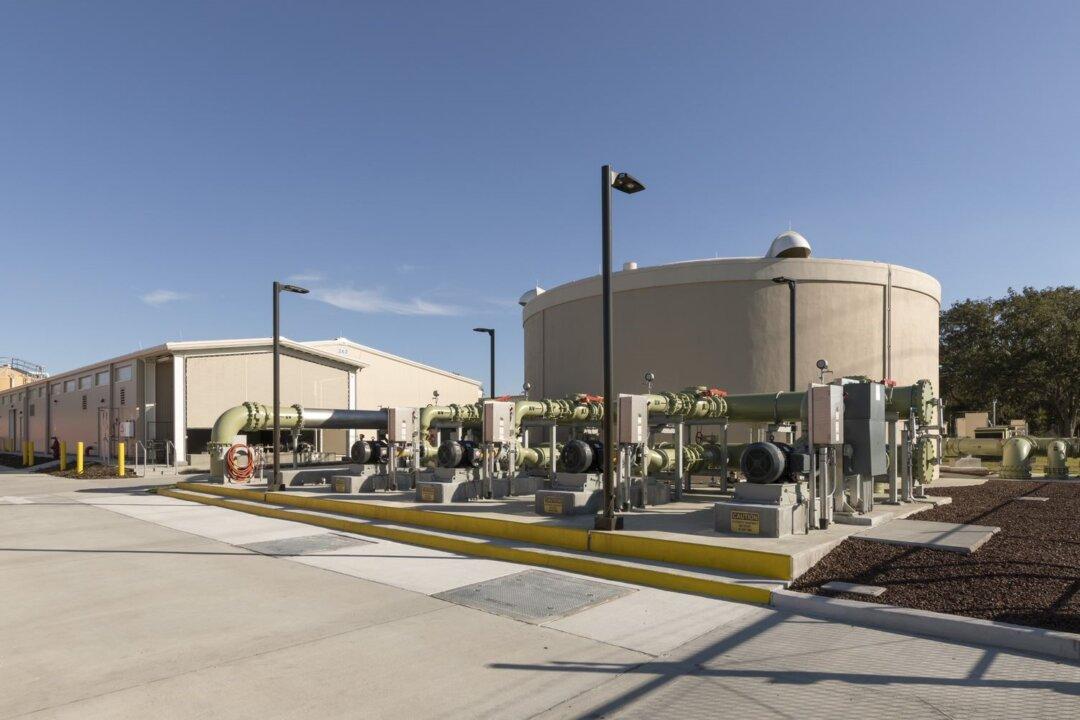When the city of Lake Mary tested its public wells in 2014, it made a startling discovery. The Florida community of 17,000 had elevated levels of 1,4-dioxane in its water, a chemical that the EPA says can cause kidney and liver failure or cancer from prolonged exposure.
While reducing pumping at specific wells with the highest measurements of the chemical solvent lowered levels of 1,4-dioxane going into Lake Mary homes to what is considered “safe” by both the EPA and the Florida Department of Health (DOH), former public works director, Bruce Paster, was concerned for the future. What if the levels of 1,4-dioxane increased again, and suddenly, residents and public health officials demanded a comprehensive solution for the 3 million gallons of drinking water pumping into the city daily?





